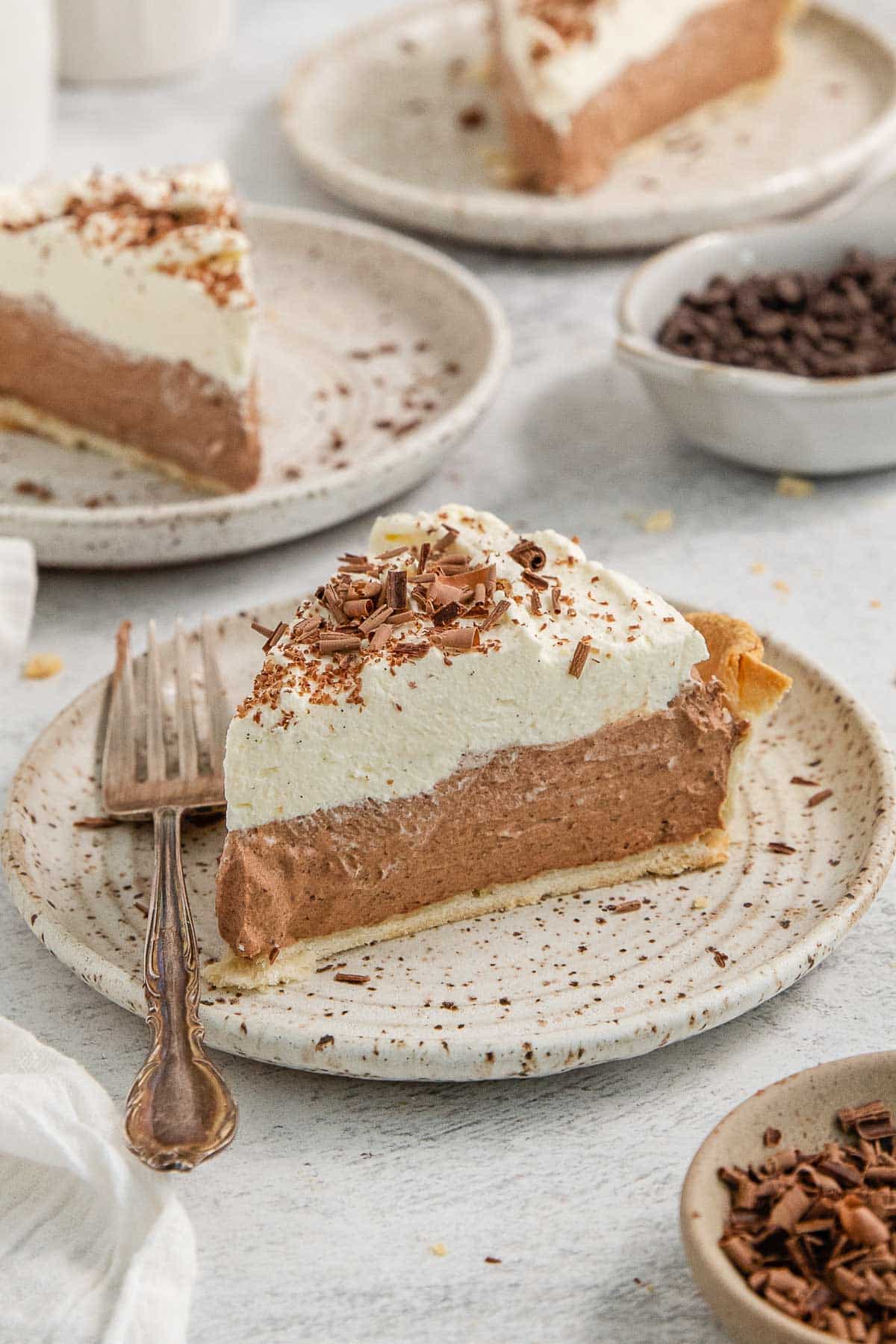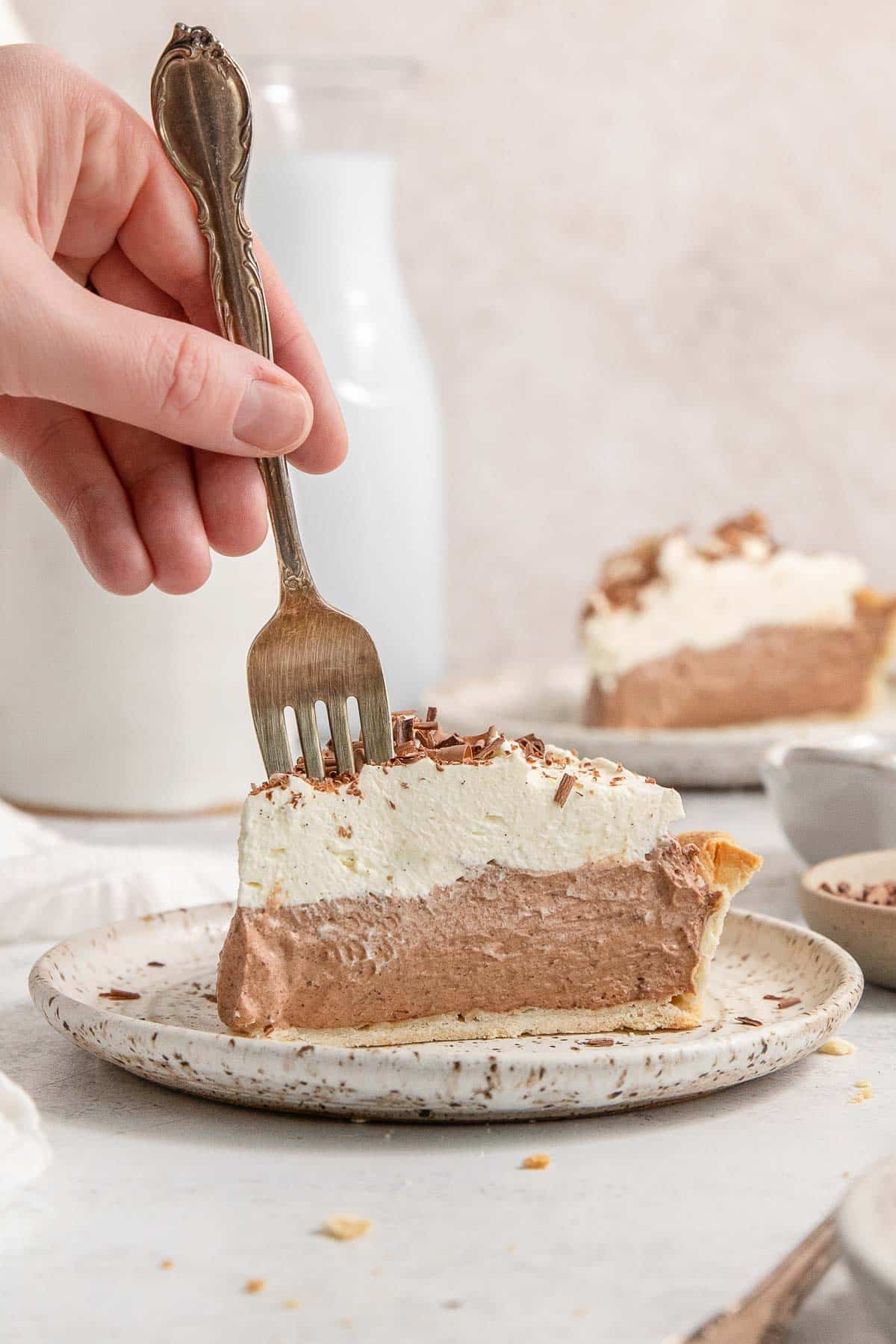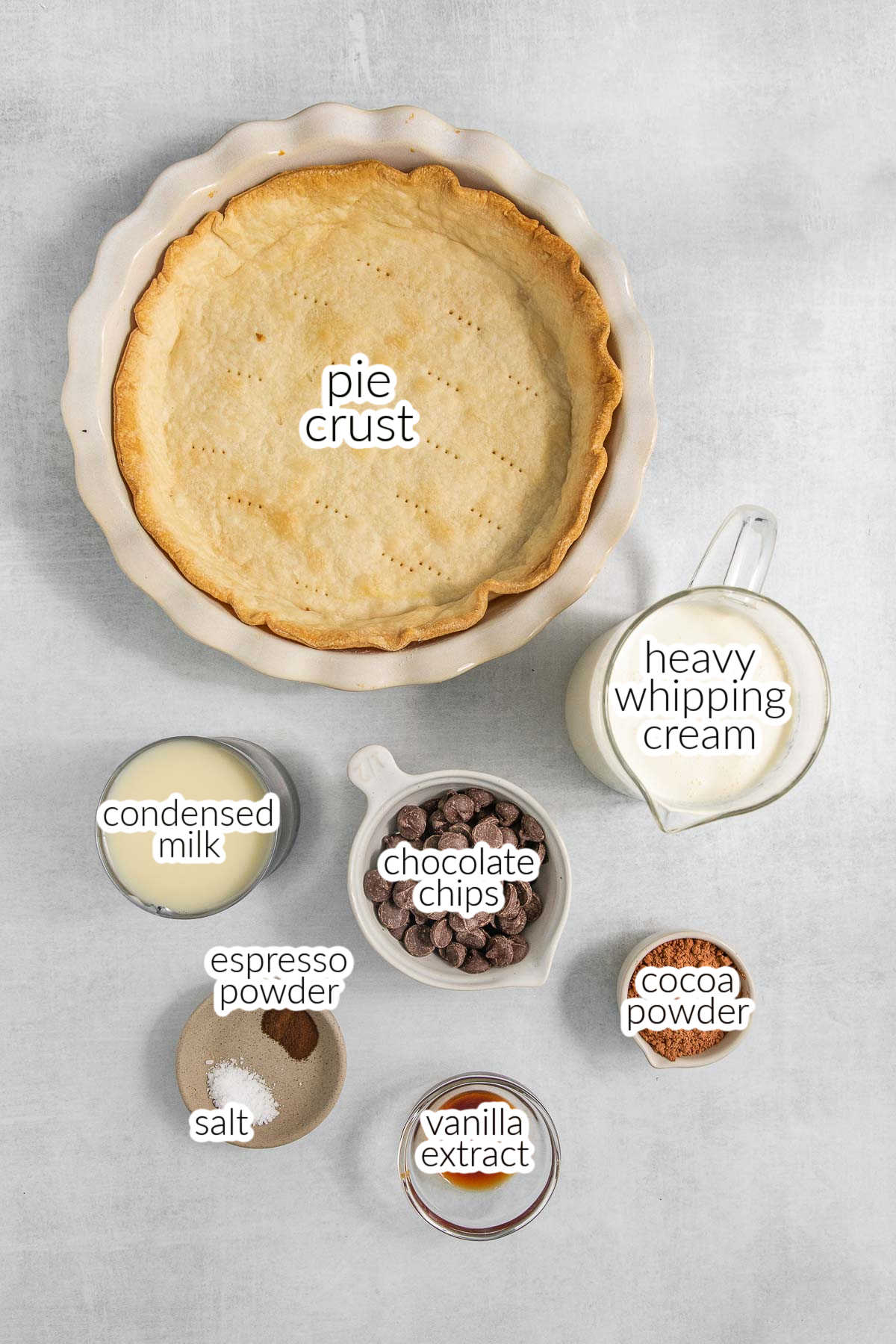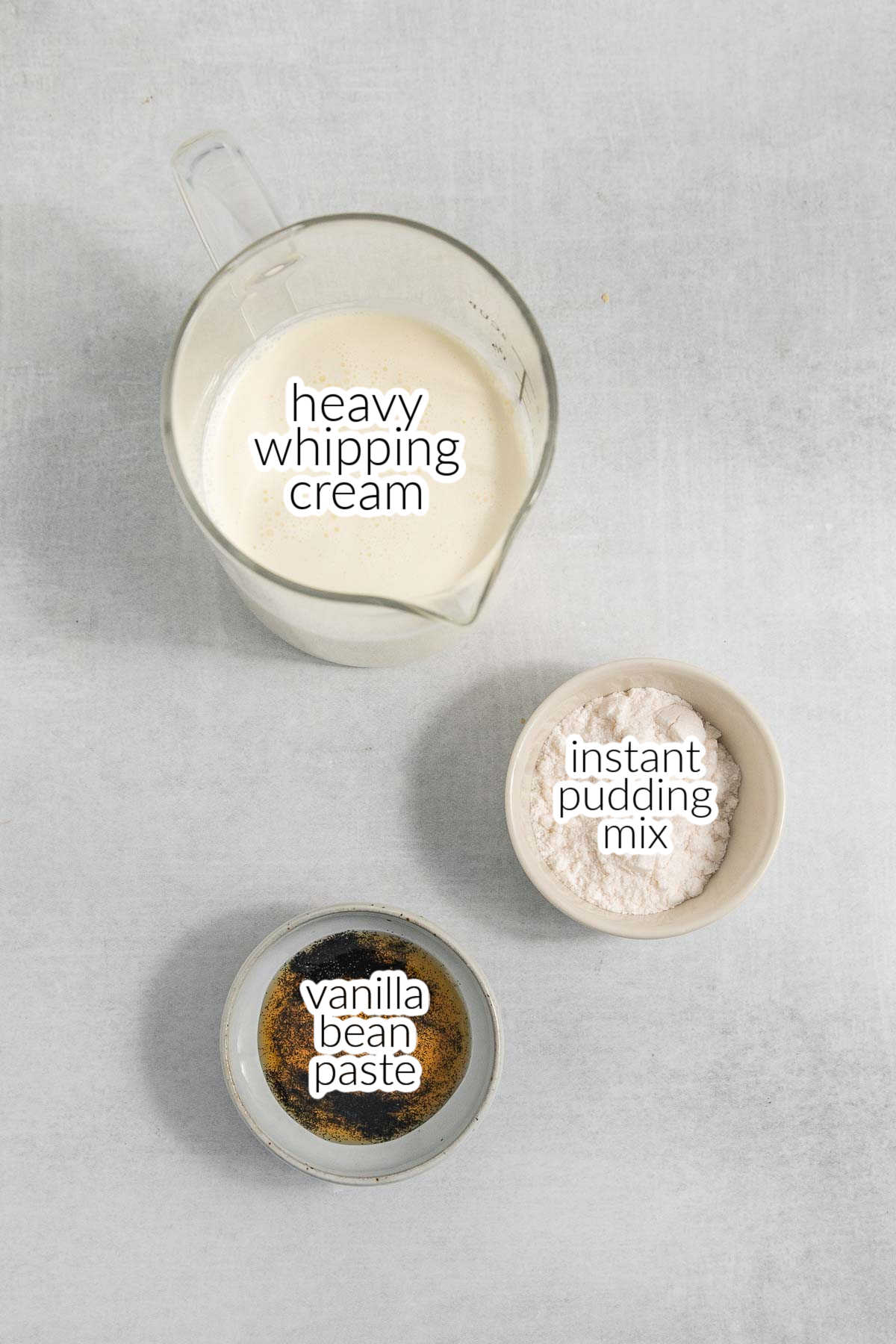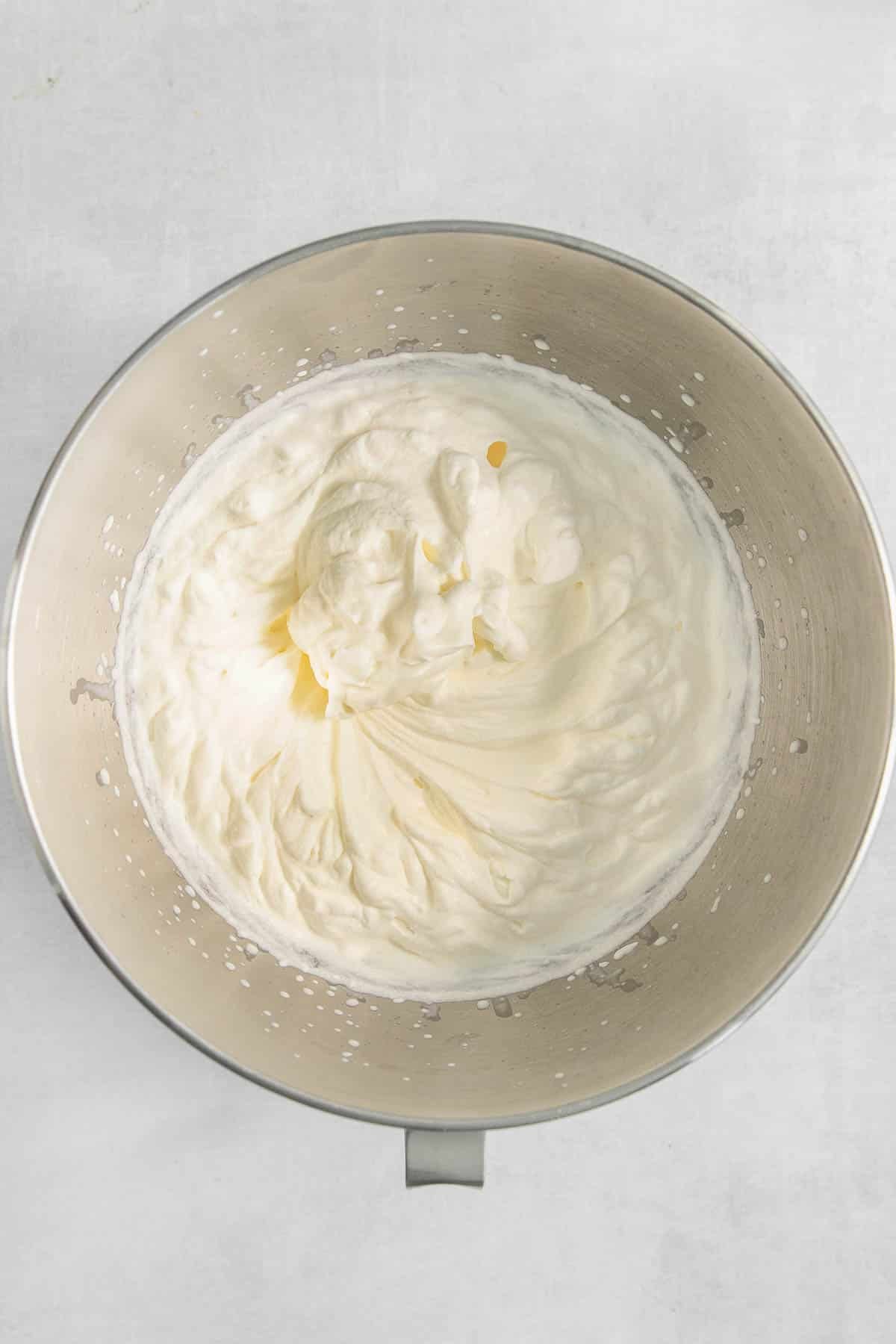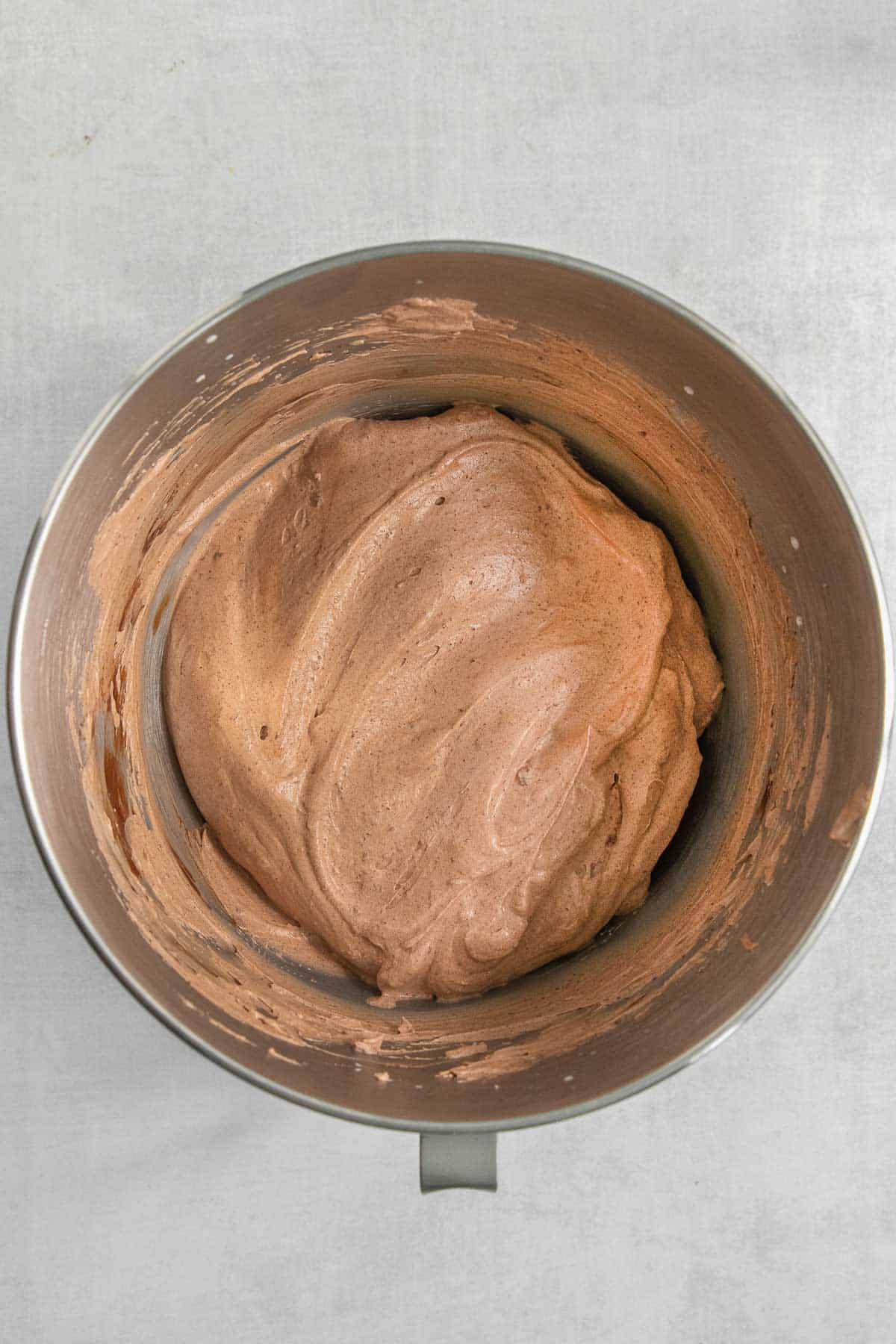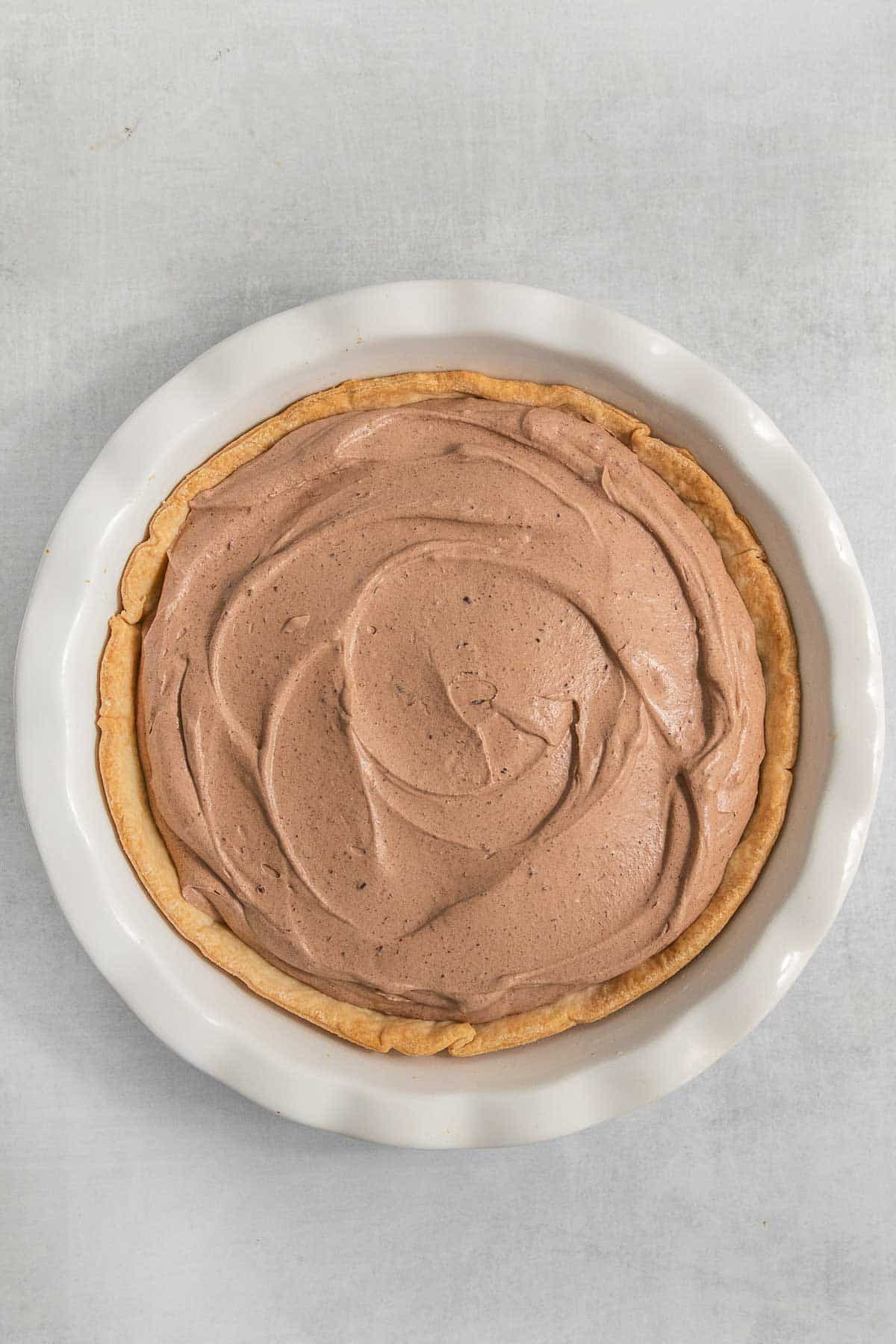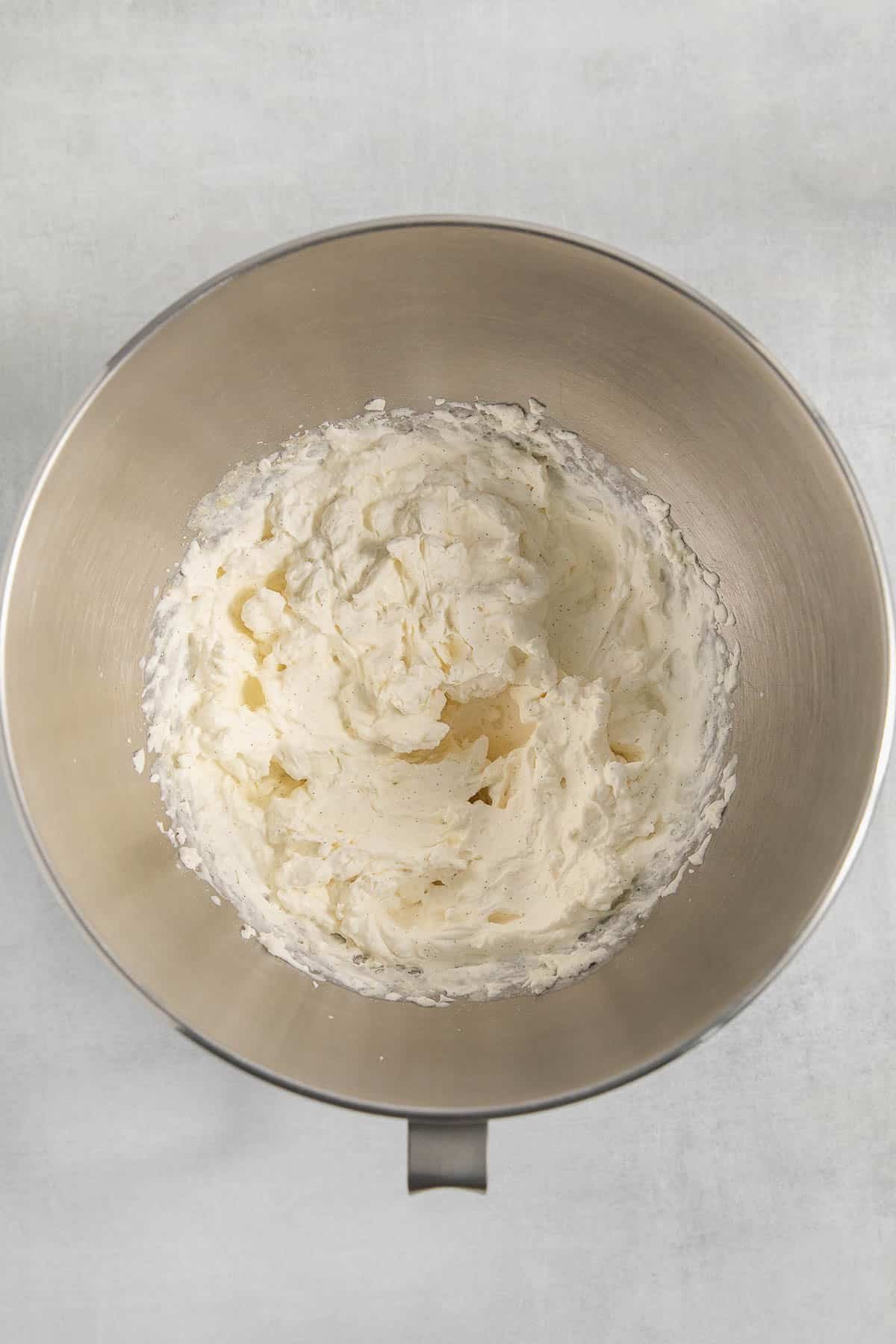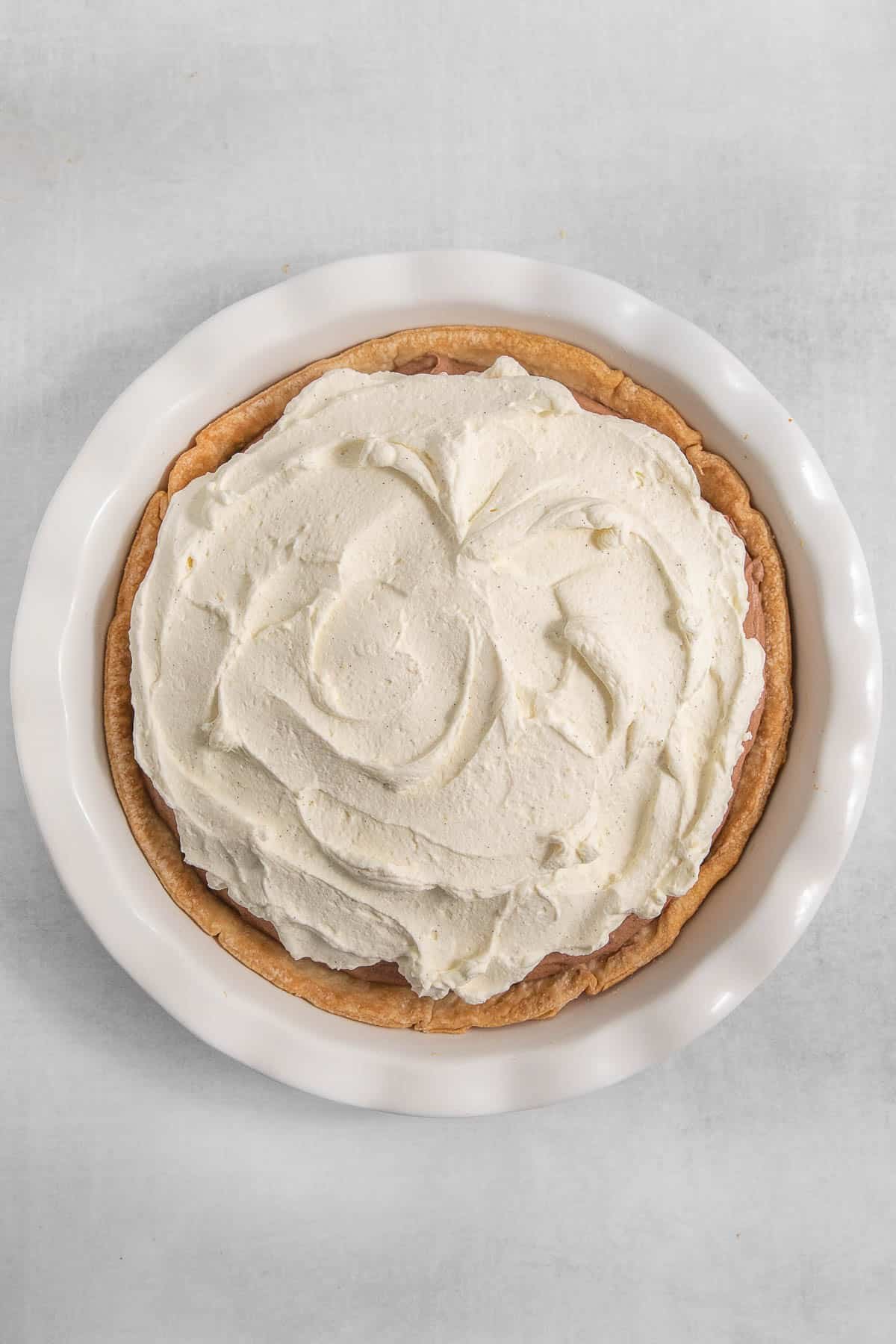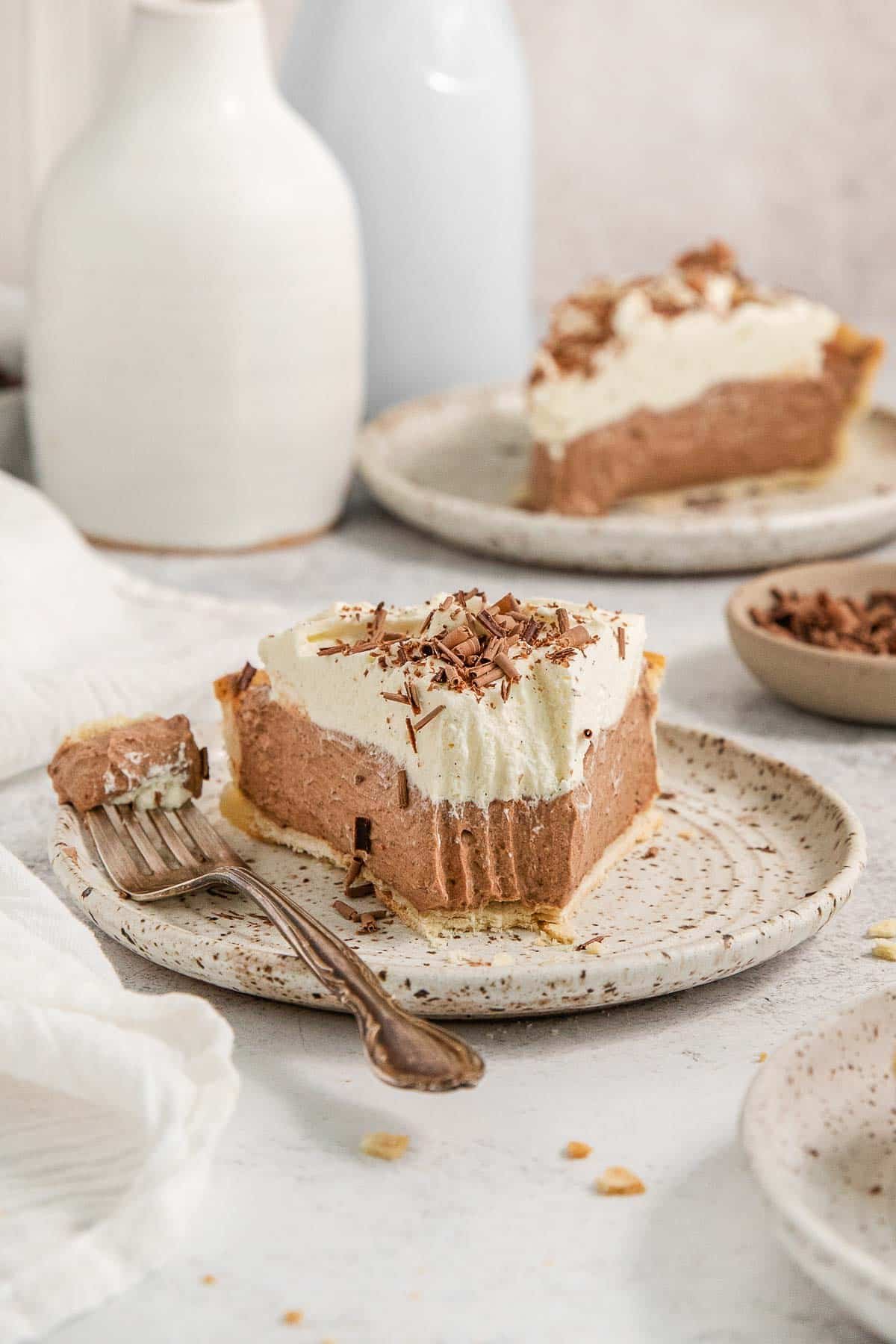Starting a fitness journey is a great way to become a healthier, more energetic version of yourself. However, especially for newcomers, navigating the vast world of workouts can feel overwhelming. This thorough manual offers a free, efficient, and simple exercise program created especially for women who are just beginning their fitness journey. Building a strong foundation, enhancing cardiovascular health, and cultivating a positive relationship with movement will be our main goals.
Whether you’re working out at home or prefer a more straightforward approach, this plan is accessible because it emphasizes bodyweight exercises and minimal equipment. We’ll walk you through each exercise with clear instructions and helpful tips because consistency and proper form are crucial. Keep in mind that this is your journey, so pay attention to your body, acknowledge your accomplishments, and
Setting the Stage for Success: Important Considerations for Beginners
Before diving into the workout plan, let’s address some crucial aspects to ensure a safe and effective start:
1. Listen to Your Body: This is paramount. As a beginner, it’s essential to be attuned to your body’s signals. If you feel sharp pain, stop the exercise immediately. Muscle soreness is normal, especially when starting a new routine, but it shouldn’t be debilitating.
2. Focus on Proper Form: Quality over quantity is crucial. Performing exercises with correct form maximizes muscle engagement and minimizes the risk of injury. Watch instructional videos from reputable sources and prioritize learning the right technique.
3. Start Slowly and Gradually Progress: Don’t try to do too much too soon. Begin with the recommended sets and repetitions and gradually increase as you get stronger and more comfortable.
4. Stay Hydrated: Drink plenty of water throughout the day, especially before, during, and after your workouts.
5. Warm-up Before Each Workout: A proper warm-up prepares your body for exercise by increasing blood flow to your muscles and improving joint mobility. This helps prevent injuries.
6. Cool-down After Each Workout: A cool-down helps your body gradually return to its resting state and can reduce muscle soreness. Gentle stretching is an excellent way to cool down.
7. Be Consistent: Consistency is the magic ingredient for achieving your fitness goals. Aim to stick to the workout schedule as consistently as possible, even if it’s just for shorter sessions on some days.
8. Fuel Your Body Properly: Combine your workout plan with a balanced and nutritious diet to support your energy levels and muscle recovery.
9. Celebrate Your Progress: Acknowledge and appreciate the progress you make, no matter how small. This will help you stay motivated and committed to your fitness journey.
Your Free Beginner Workout Plan: A 4-Week Foundation
This plan is designed to be performed 3 times per week with rest days in between to allow your body to recover. For example, you could work out on Monday, Wednesday, and Friday.
Week 1 & 2: Building the Basics
Focus on learning the movements and building a baseline level of fitness.
Workout Structure (Perform 3 times per week):
- Warm-up (5-10 minutes):
- Light cardio like marching in place, arm circles, leg swings.
- Dynamic stretches like torso twists, cat-cow stretches.
- Exercises:
- Bodyweight Squats: 2 sets of 8-10 repetitions. Stand with your feet shoulder-width apart, chest up, and core engaged. Lower your hips as if sitting in a chair, keeping your back straight and knees behind your toes.
- Wall Push-ups: 2 sets of 8-10 repetitions. Stand facing a wall, slightly further than arm’s length away. Place your hands shoulder-width apart on the wall. Bend your elbows and lean towards the wall, then push back to the starting position.
- Walking Lunges: 2 sets of 6-8 repetitions per leg. Step forward with one leg, lowering your hips until both knees are bent at a 90-degree angle. Ensure your front knee stays behind your toes. Push off with your back foot to step forward with the other leg.
- Plank (on knees or toes): 2 sets of 20-30 second holds. Start on your hands and knees or forearms and toes, maintaining a straight line from your head to your heels or knees. Engage your core. If starting on toes is too challenging, perform the plank on your knees.
- Glute Bridges: 2 sets of 10-12 repetitions. Lie on your back with your knees bent and feet flat on the floor, hip-width apart. Engage your glutes and lift your hips off the floor until your body forms a straight line from your shoulders to your knees.
- Cool-down (5-10 minutes):
- Gentle stretches holding each for 20-30 seconds: Quadriceps stretch, hamstring stretch, calf stretch, chest stretch, triceps stretch.
Week 3 & 4: Increasing Intensity
As you feel stronger, you can gradually increase the repetitions, sets, or the duration of holds.
Workout Structure (Perform 3 times per week):
- Warm-up (5-10 minutes): Same as Week 1 & 2.
- Exercises:
- Bodyweight Squats: 3 sets of 10-12 repetitions.
- Incline Push-ups (using a sturdy elevated surface like a bench or step): 2-3 sets of 8-10 repetitions. This is a progression from wall push-ups.
- Walking Lunges: 3 sets of 8-10 repetitions per leg.
- Plank (on toes if comfortable, otherwise on knees): 2-3 sets of 30-45 second holds.
- Glute Bridges: 3 sets of 12-15 repetitions.
- Bird Dog: 2 sets of 8-10 repetitions per side. Start on your hands and knees, then extend one arm straight forward and the opposite leg straight back, keeping your core engaged and back straight.
- Cool-down (5-10 minutes): Same as Week 1 & 2.
Exercise Modifications for Beginners
It’s perfectly okay to modify exercises to match your current fitness level. Here are some common modifications:
- Squats: If full squats are challenging, try partial squats, lowering only as far as comfortable while maintaining good form. You can also use a chair for support.
- Push-ups: Start with wall push-ups, then progress to incline push-ups (hands elevated), and finally to push-ups on your knees before attempting full push-ups.
- Lunges: If balance is an issue, perform static lunges (stepping forward and staying in one place) or hold onto a stable surface for support.
- Plank: Start on your knees and gradually progress to holding the plank on your toes as your core strength improves.
Progressing Beyond the First 4 Weeks
After completing the first 4 weeks, you’ll have built a solid foundation. Here are some ways to continue your fitness journey:
- Increase Sets and Repetitions: Gradually increase the number of sets and repetitions for each exercise.
- Decrease Rest Time: Reduce the rest time between sets to increase the intensity.
- Introduce New Exercises: Explore other beginner-friendly exercises like step-ups, calf raises, and modified burpees.
- Consider Light Weights or Resistance Bands: As you get stronger, you can incorporate light dumbbells or resistance bands to further challenge your muscles.
- Explore Different Workout Styles: Once you’re comfortable with the basics, you can explore other forms of exercise you enjoy, such as yoga, Pilates, swimming, or cycling, to add variety to your routine.
Embracing the Journey
Starting a fitness routine is a significant accomplishment. Be patient with yourself, celebrate your successes, and remember that consistency is key. This free beginner workout plan is a fantastic starting point to build strength, improve your health, and cultivate a lifelong love for movement. Embrace the journey, enjoy the process, and empower yourself to become the strongest and healthiest version of you! Sources and related content
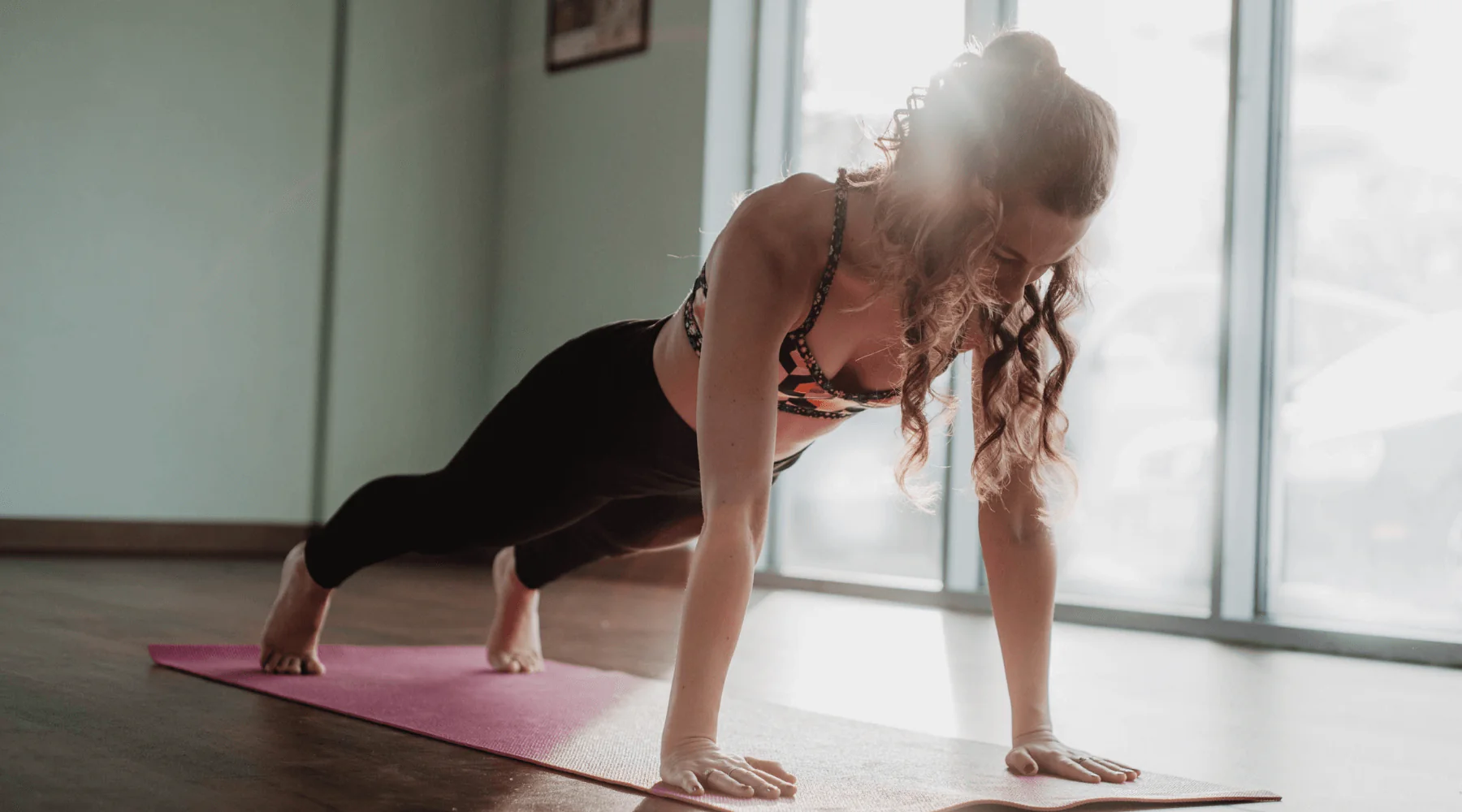
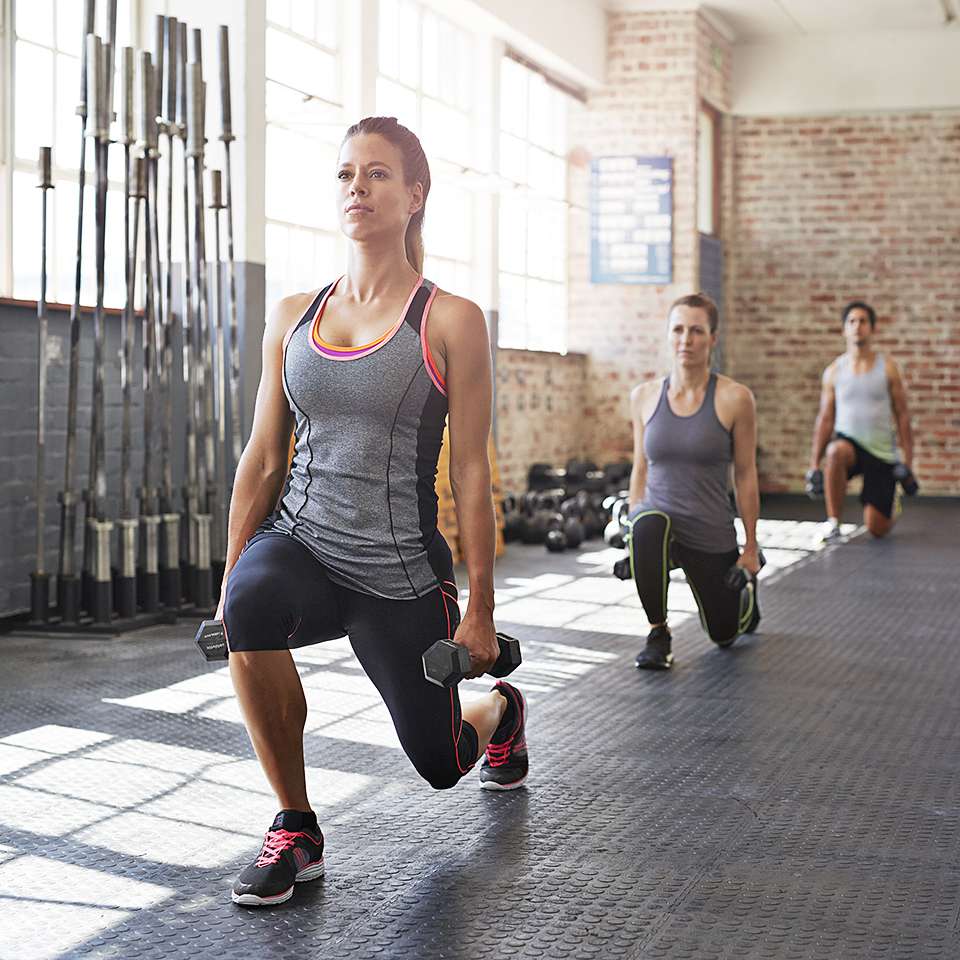

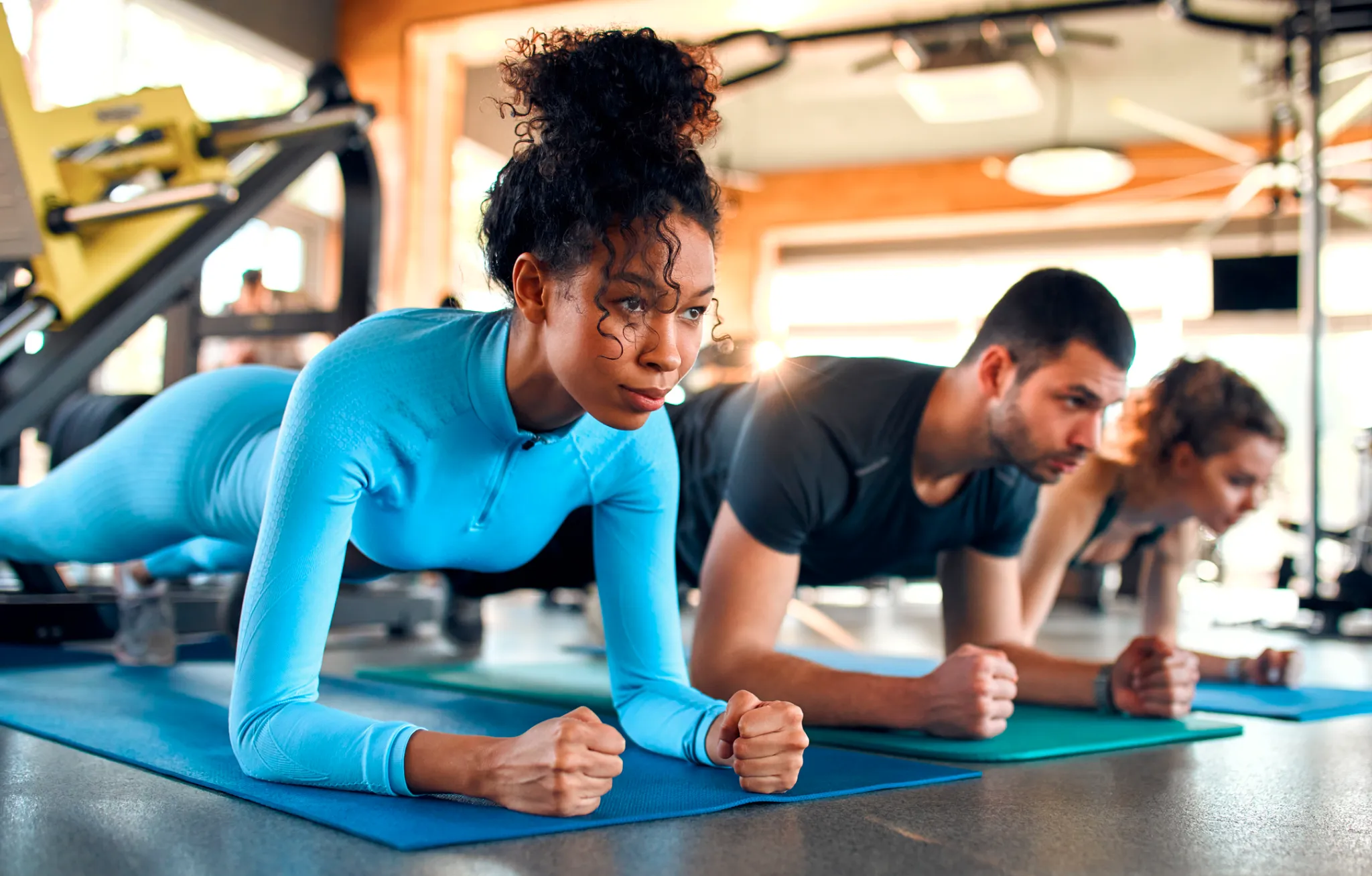
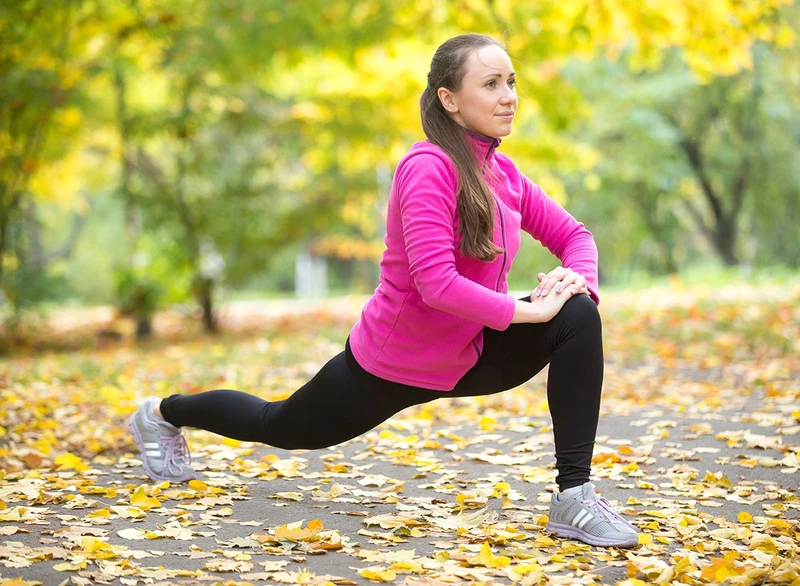

:max_bytes(150000):strip_icc():format(webp)/45362581-cf369c6f2e2443099def79688d15f955.jpg)
:max_bytes(150000):strip_icc():format(webp)/50992821-84e5026f06a143e7b5187020f21d2962.jpg)
:max_bytes(150000):strip_icc():format(webp)/apple-cookies-1b7bd56904954e0c9b6748d73be16baf.jpg)
:max_bytes(150000):strip_icc():format(webp)/crispy-peanut-butter-balls-4464290-3-94571605a0594bf1a697bd9cecaf74fd.png)
:max_bytes(150000):strip_icc():format(webp)/8458667-6ffb164738274284a57be9285f91424a.jpg)
:max_bytes(150000):strip_icc():format(webp)/45788691-94c309df850643b09a5601a296f99a8f.jpg)
:max_bytes(150000):strip_icc():format(webp)/5911454-a7a711c8af4b41b8adee2b9248fe0d84.jpg)
:max_bytes(150000):strip_icc():format(webp)/7861046-1ad9558a1de3447a995ccb34c9e24738.jpg)
:max_bytes(150000):strip_icc():format(webp)/3755587-ae41b207642e4f1aab2e79edd0c0e955.jpg)
:max_bytes(150000):strip_icc():format(webp)/6551851-ff59a2491d3149019363bd41b847a6c4.jpg)
:max_bytes(150000):strip_icc():format(webp)/7331276-cd7c3b0538794d4c8f41099350e3a8e7.jpg)
:max_bytes(150000):strip_icc():format(webp)/4572432-542a2a1b6c98477480ec4e17c1851b7f.jpg)
:max_bytes(150000):strip_icc():format(webp)/3746325-957c8fd7a67c4e929f84b7d8a2ae9892.jpg)
:max_bytes(150000):strip_icc():format(webp)/3756467-3dd43e92990f4193b8877de5e6160c49.jpg)
:max_bytes(150000):strip_icc():format(webp)/7861121-a55c03d96b1f4cdda79e68fc78da2838.jpg)
:max_bytes(150000):strip_icc():format(webp)/7747777-8478bbb0e0154a6799feadf7d8aca855.jpg)
:max_bytes(150000):strip_icc():format(webp)/45684841-d040ba276fd24b599d44ebfb0b8a7696.jpg)
:max_bytes(150000):strip_icc():format(webp)/6725376-5c0a3adab99940b5980afef36531c7e0.jpg)
:max_bytes(150000):strip_icc():format(webp)/5712156-5a20960ae8b142eb88da30b7faee6bbe.jpg)
:max_bytes(150000):strip_icc():format(webp)/5177858-1ca798d4ed9a44f78f813e3b95294a62.jpg)
:max_bytes(150000):strip_icc():format(webp)/7281740-d697489da2a1441d8a1dbb8b7047cd90.jpg)
:max_bytes(150000):strip_icc():format(webp)/one-bowl-chocolate-cake-248205-1x1-7f6e7b33f7c54fdba688c1483815de0e.jpg)
:max_bytes(150000):strip_icc():format(webp)/3757890-6b0e4ec16f5641e1b050c2593f9105c4.jpg)
